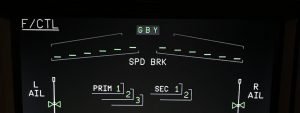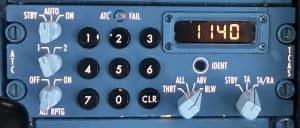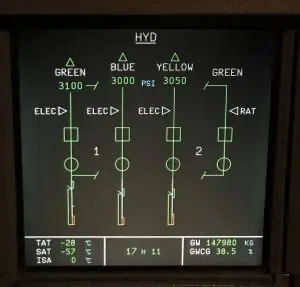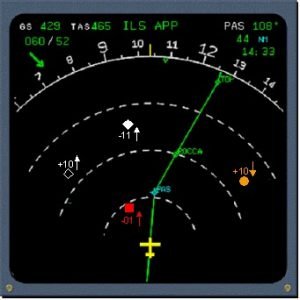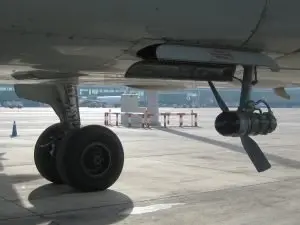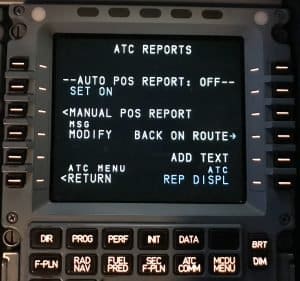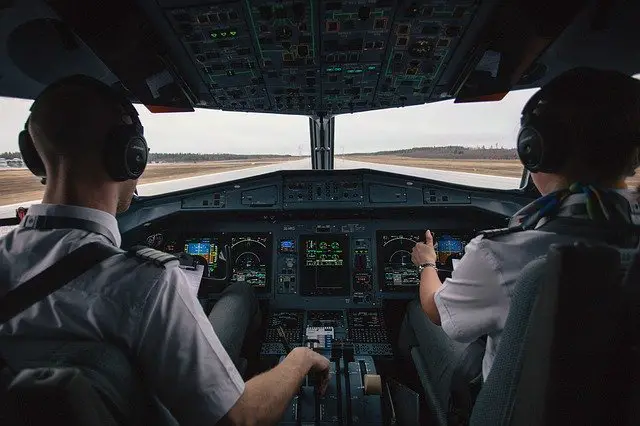
Pete has been flying aircraft for the last 20 years. He has flown everything from light piston aircraft up to heavy jets as both First Officer and Captain. He’s currently enjoying life flying the Airbus A330 for a major international airline.
At its heart, Cost Index is a figure inputted by the crew in the aircraft Flight Management System (FMS) that tells the whether to prioritise saving time, or saving fuel.
Table of Contents
The Flight Management System (FMS)
FMS on modern aircraft refers to a computer system responsible for the navigation, performance and flight guidance of the aircraft. The FMS provides predictions of flight time, distance, performance and it improves efficiency and reduces pilot workload.
Cost Index is also factored into the calculation of Optimum Cruising Altitudes (OPT ALTs).
Related: Explained: Optimum Altitude (OPT ALT).
Aircraft Operating Costs
There are a number of factors that need to be considered when it comes to operating costs of an airline flight from A to B.
In general they can be categorised as “fuel costs” or “time costs”.
Fuel Costs
It’s fairly self-explanatory to say that the cost of a operating a flight includes the cost of the fuel burnt.
But there are factors that affect how much fuel is burnt:
- The routing the aircraft takes – if the flight is planned to take advantage of tailwinds by flying close to the jet stream.
- The weight of the aircraft – the heavier the aircraft is the more fuel it will burn on a particular trip. Obviously, the weight of the aircraft will include the weight of the passengers, their bags and any cargo carried. But also if any extra fuel is carried this will increase the weight. So carrying fuel above the fuel required in the flight plan will in itself increase fuel burn. Airbus put the figure on the A330 at about a 15% penalty to carry extra fuel. So an extra 1000kg of fuel (even if not needed) will itself burn 150kg to carry it.
- How fast the aircraft is flown – generally the slower the aircraft is flown the less fuel it will burn on a particular trip, and conversely the higher the speed the pilots choose the more fuel will be burnt.
Time costs
There are numerous costs that depend on the amount of time the aircraft is used, including: crew (both pilots and flight attendants), aircraft maintenance, depreciation and general wear and tear, aircraft leasing, engine leasing (yes, the engines are sometimes leased from a different company than the one that supplies the airframe), and many other factors.
Cost Index (CI)
Cost Index (CI) is essentially a ratio between the costs associated with fuel burn, and the costs associated with running the aircraft over a certain amount of time.
The lower the Cost Index the slower the flight and therefore the lower the fuel burn, but the greater the amount of time it takes to complete that flight.
The higher the Cost Index the greater the speed, and consequently the greater the fuel burn, but the less amount of time.
Further reading about Cost Indices
This letter from Ryanair to ANSPs (Air Navigation Service Providers – essentially ATC) shows the effect of a change in the Cost Index. In this example, the change from a CI of 30 to 6 results in a considerable speed reduction for descent (and an increase in blood pressure for everyone else stuck behind them!).
If the above is not in-depth enough then this 108 page Getting to Grips with Cost Index article from Airbus will tell you everything you more than you could ever dream about cost indices.
If you found this article interesting please take 5 seconds to share this on your favorite social media. Thanks so much, I really appreciate it! [email protected]

Pete has been flying aircraft for the last 20 years. He has flown everything from light piston aircraft up to heavy jets as both First Officer and Captain. He’s currently enjoying life flying the Airbus A330 for a major international airline.

